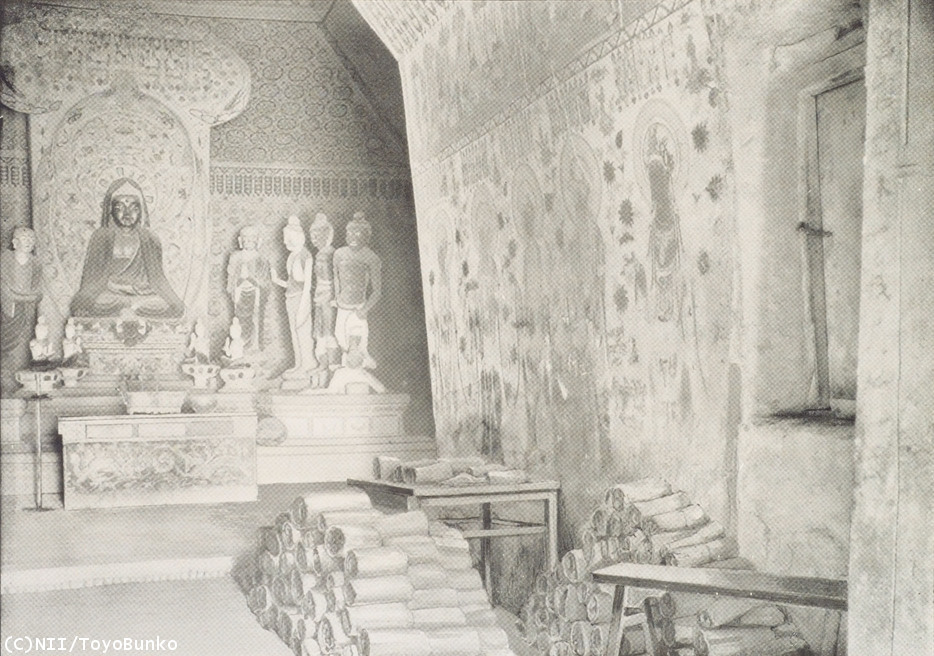Given the circumstances we are all in, learning is different this year. Classes are all online and synchronous, asynchronous, or partially synchronous. Unlike most of my other courses throughout college, this course does not have exams. Personally, having exams to prepare for on a monthly basis works for me; it forces me to be disciplined and study the material. After an exam, however, I am lucky if I can retain the information and go beyond having something sound familiar. Because this course accentuates another way of learning, it balances my other courses. It allows me to slow down and digest the information. I have been able to think and explore as a historian without the fear of grades looming over me. In addition, the interaction with the readings, classmates, and Dr. D’Haeseleer fulfills my learning experience. The format of blog posts and commenting enables me to showcase what I know and address the points that I find interesting and important. It offers freedom in discussion, empowers students to speak their mind, and replaces the need for exams.
Furthermore, this is my second course with this kind of frequent online discussion style. I feel more confident now, in this class, leaving comments and asking questions than I did in my first course.
While skills and techniques acquired in this course make me a better student in any class, they were specifically helpful my CUE (culminating undergraduate experience) course that I am taking simultaneously this semester. I am a biology major. The CUE course topic is about a scanning electron microscopy (SEM). SEM allows for the 3D viewing of the surface of specimens at a high resolution. There is a semester-long project to create a proposal for an experiment and eventually a primary article that includes the my own photographed SEM images. The project requires reading many, many papers; viewing images, tables, and figures; and interaction with the papers. By interaction, I mean write-ups reflecting on the articles. There is a weekly tracking document due with four sections: an annotated bibliography with at least 200 words, “talking with others,” “identifying the next steps,” and “reflecting on the process.” For the annotated bibliography, I have to pick and choose parts from loads of readings that are relevant and important to my experimental question and state the reason explicitly yet concisely. The annotations mimic our weekly blog posts to find the valuable information. The “talking with others” section encourages me to share where I am currently with the project and helps me refine my project idea(s). These long reflections on the course, not the weekly ones, are similar to the “reflecting on the process” portion of the tracking document. I can sit down and consider the process, such as the challenges, the rewards, and the improvements. In addition, the encouragement (and requirement) to comment helps to speak up both in academic and real life settings.

